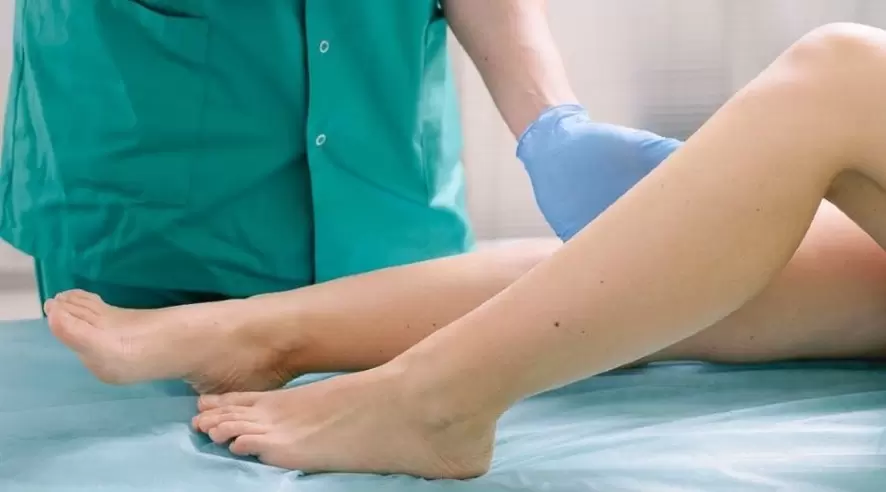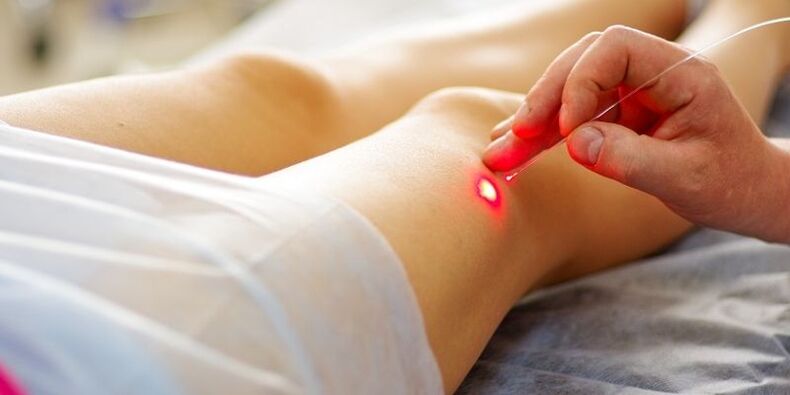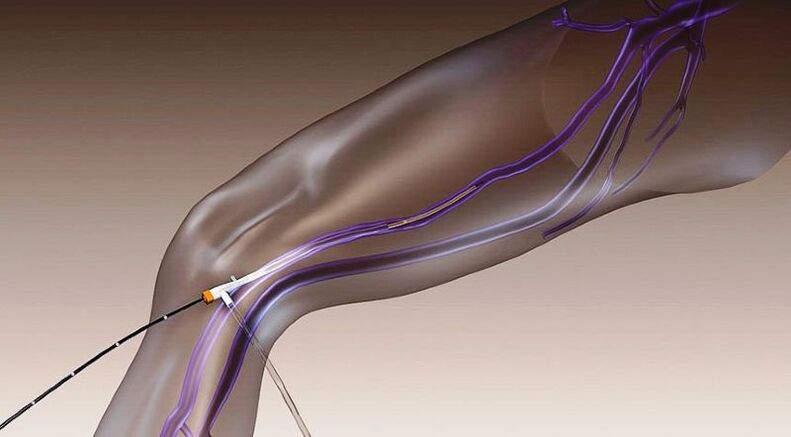
How were varicose veins treated in the past?
- A cave painting found in the Sahara Desert depicting a man with bandaged feet is approximately 5, 000 years old.
- In medical manuscripts found in Egypt, there is information that it is not necessary to touch dilated veins under the skin, but many healers still experimented on the wives of the pharaohs - they cauterized diseased veins.
- The Indians of Central and South America used herbs, especially amaranth, to treat varicose veins.
- Information about this pathology can also be found in the writings of the Greeks (Hippocrates, Herophilus, and Erasistratus). It is noteworthy that the first of these doctors developed both conservative and surgical treatments.
- The Roman scientist Celsus used special hooks to combat pathology (interestingly, these devices are still used today in the modern treatment of varicose veins, specifically venectomy).
- As for China, it is customary to combat diseased blood vessels with leeches, acupuncture, and cautery.
- In Japan, special emphasis is placed on conservative treatment.
- The Middle Ages are not without reason called "dark", since in Europe there were many prohibitions related to surgery ("interfering in the affairs of God"), and the affected veins were often just cauterized.
- At the same time, medicine developed actively in the Middle East - for example, the famous doctor Avicenna tightly bandaged diseased blood vessels (today mainly for prevention or rehabilitation).
- The Renaissance, the New Age - it was all a time of discovery, including the discovery of medicine. Physicians are increasingly studying the principles of venous circulation. Scientists were developing various surgical methods, some of which are still used today, and were creating new methods of sterile vein ligation.
Modern approaches to treating varicose veins
intravenous laser coagulation

- Duration - only 20-30 minutes;
- Because the procedure is performed through a puncture, the procedure does not require cutting, suturing, or removing sutures;
- Painless (performed under local anesthesia) and safe;
- Quick recovery (you can return to normal life on the day of surgery);
- It is minimally invasive and has a beautiful appearance after the intervention.
- Leg obesity;
- coagulopathy;
- Extreme stages of the disease, such as marked venous dilation, may require surgery or a combination of treatments;
- Atherosclerosis in the lower extremities is severe and requires special treatment;
- Intolerance to the anesthetic drugs used in EVLT;
- pregnancy and lactation;
- Acute phase deep vein thrombosis;
- Inflammation of the diseased site;
radiofrequency ablation

- Painless (local anesthesia is used when applying) and safe;
- Duration does not exceed 40 minutes;
- Results can be seen after just 7 days;
- Little trauma and beautiful appearance;
- Blood vessels are completely "adhesive";
- high efficiency;
- Patients may be able to use this method if they have other medical conditions;
- No additional surgical intervention is required.
- Inflammatory processes at the site of disease;
- infectious and viral pathology;
- Pregnancy and breastfeeding;
- Venous thrombosis;
- Severe atherosclerosis of the arteries of the lower limbs - as mentioned before, this pathology requires surgical intervention;
- Have an allergic reaction to the anesthetic used during surgery.
steam annihilation
mechanochemical elimination
Adhesive elimination
Which modern treatment for varicose veins is the most effective?
- Safe, no adverse reactions.
- efficiency.
- The duration for which results are saved.
- Five years after surgery, the effectiveness of EVLT increased from 92. 9 to 95. 4. The effectiveness of this approach dropped from 88. 9 to 79. 9 over 5 years compared to RFO.
- As for the results of surgical intervention, the effectiveness of this method dropped from 80. 4 to 75. 7 in 5 years. In the latter case, you can also see the effectiveness of sclerotherapy drop from 82. 1 to 73. 5 over 5 years, however, where more effective treatments are not available, procedures such as surgery are often resorted to. Varicose veins.

















